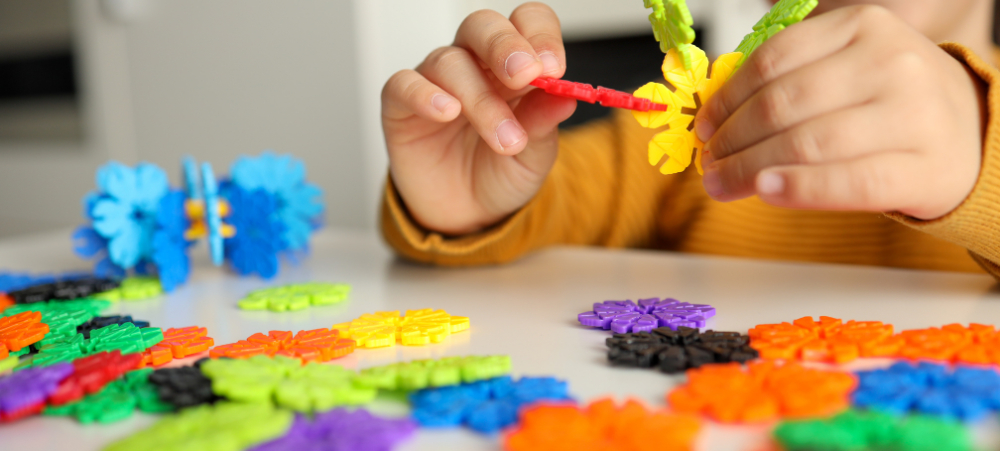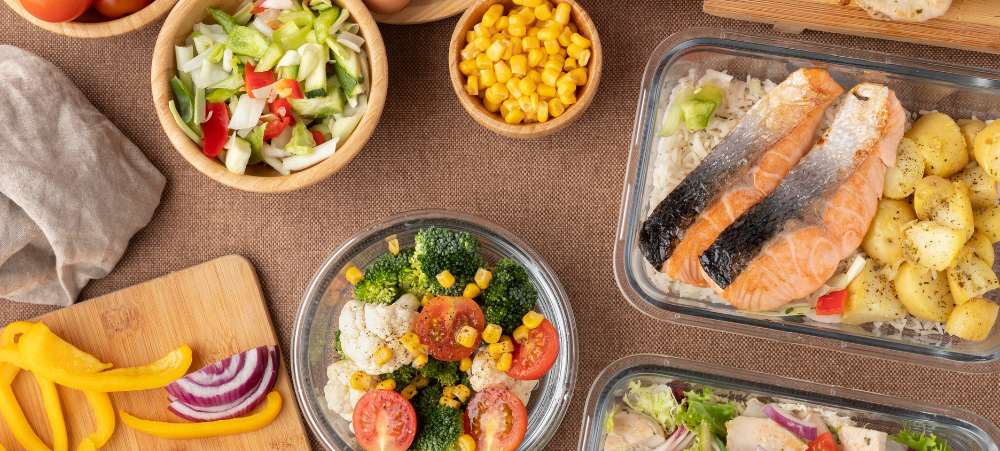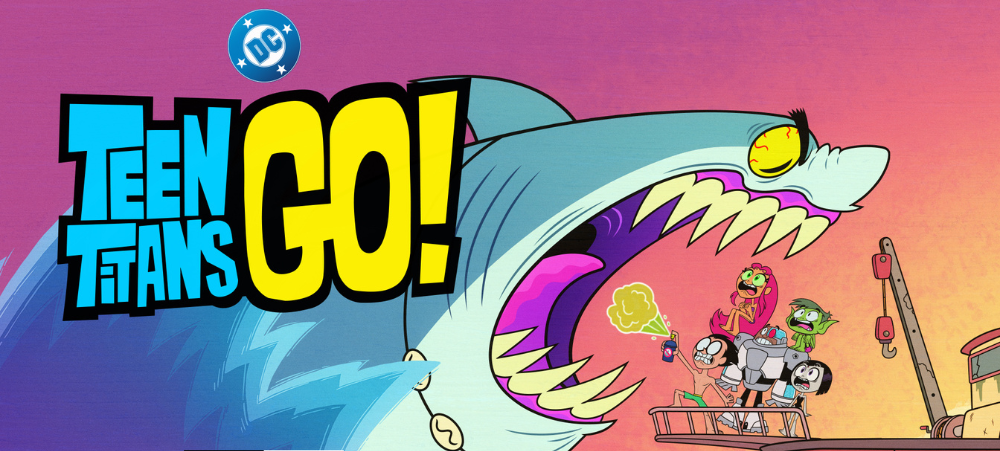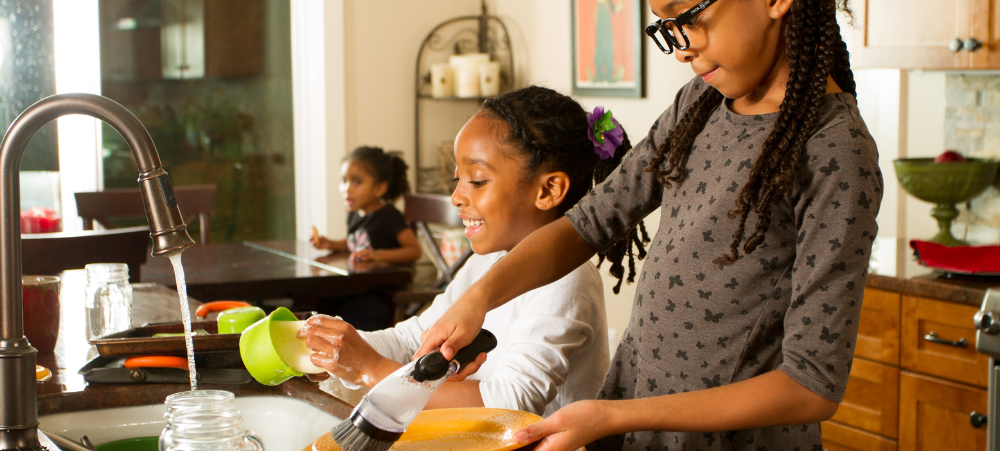
Every child deserves a safe night’s sleep: 10 000 voices for life-saving diabetes technology for South African children
Parents of children with Type 1 diabetes understand the anxiety of waking their sleeping children to perform finger prick tests to check their glucose levels all too well. And while no parent wants to wake their sleeping child, the alternative is life threatening diabetic ketoacidosis. Type 1 diabetes is a difficult illness to manage, especially for children who are subjected to finger pricks, insulin injections and interrupted sleep. But Continuous Glucose Monitors (CGM), could change and save lives. A campaign calling on the National Department of Health to include CGM devices in South Africa’s public healthcare system to children under 18, is gathering steam. CGM devices are internationally recognised as the standard of care, tracking glucose levels around the clock, and without the need for painful finger pricks. “This continuous glucose monitor not only aids in checking glucose levels but has saved my daughter’s life on multiple occasions from dangerous glucose events. The warning alarm gives us enough time to act in the midst of being on the road and in our busy lives,” says Monique Abrahams whose six-year old daughter lives with Type 1 diabetes. Using the CGM, they’ve been able to bring her HbA1c level down from 14 to six, a dramatic turnaround. HbA1c (short for haemoglobin A1c) is a blood test that shows your average blood sugar levels over the past two to three months, doctors usually aim for a result below seven to reduce the long-term risk of diabetes related complications. “The sensor has taught my 6-year old how to make meal choices when I am not present and also takes the burden off the educator. The use of the sensor should not be optional – it is mandatory,” she says. “A CGM means that children and parents can enjoy peace of mind, and don’t have to interrupt play, learning, or sleep, which is so important to cognitive development and well-being,” says Kirsten de Klerk, Co-Founder of SA Diabetes Advocacy. Director of SA Diabetes Advocacy, Shiara Pillay was diagnosed with diabetes as a child. Her CGM has changed her life and she says that its impact would have been monumental in her childhood. “My conversations with my doctors have improved so much because they have more data on my trends and reactions. Using a CGM has allowed me to focus on other things happening in my life without worrying so much about where my blood sugars are heading – I can exercise more freely, explore what foods work best and just be present in my daily activities.” “I was diagnosed with diabetes just before my 10th birthday – a CGM then would have helped take away the pressure of getting every single decision I made (as a 10 year old) right! The benefit of a CGM as a child would have been really impactful in the journey we all go through to find acceptance and confidently manage our condition,” she says. The #CGMAccess petition: Earlier this year, SA Diabetes Advocacy, in partnership with Diabetes SA, Sweet Life, Kids Powered by Insulin, YT1, SEMDSA, Paeds-SA, Diabetes Alliance, and FIND, launched a petition to compel the government to act. It has garnered just over 6800 signatures so far. The petition will be handed over at the 2025 Diabetes Summit on 11 November and the partners are rallying to get it to 10 000 signatures before then. CGM technology is not just life-changing for families, but is a smart investment for the Department of Health. Research by Discovery Health in South Africa found that members who claimed for CGM devices had better blood sugar control and went to hospital less than those who didn’t claim for a device. That study found that 64.9% of children using the devices had normal HbA1c results, compared with 39.2% of children who did not claim for a device. “Better management of diabetes also translates into fewer complications such as kidney disease, nerve damage, vision loss and heart disease- all of which carry significant treatment costs for the state,”De Klerk says. 100 signatures a day: With the handover date about a month away, the petition needs over 100 new signatures per day to reach the 10 000 signature target. To be one of the 100, go to https://www.diabetesadvocacy.org.za/cgm-access-petition to sign. “Every child deserves the chance to thrive, to go to school without fear, and to sleep safely at night. CGM makes that possible,” De Klerk says.







